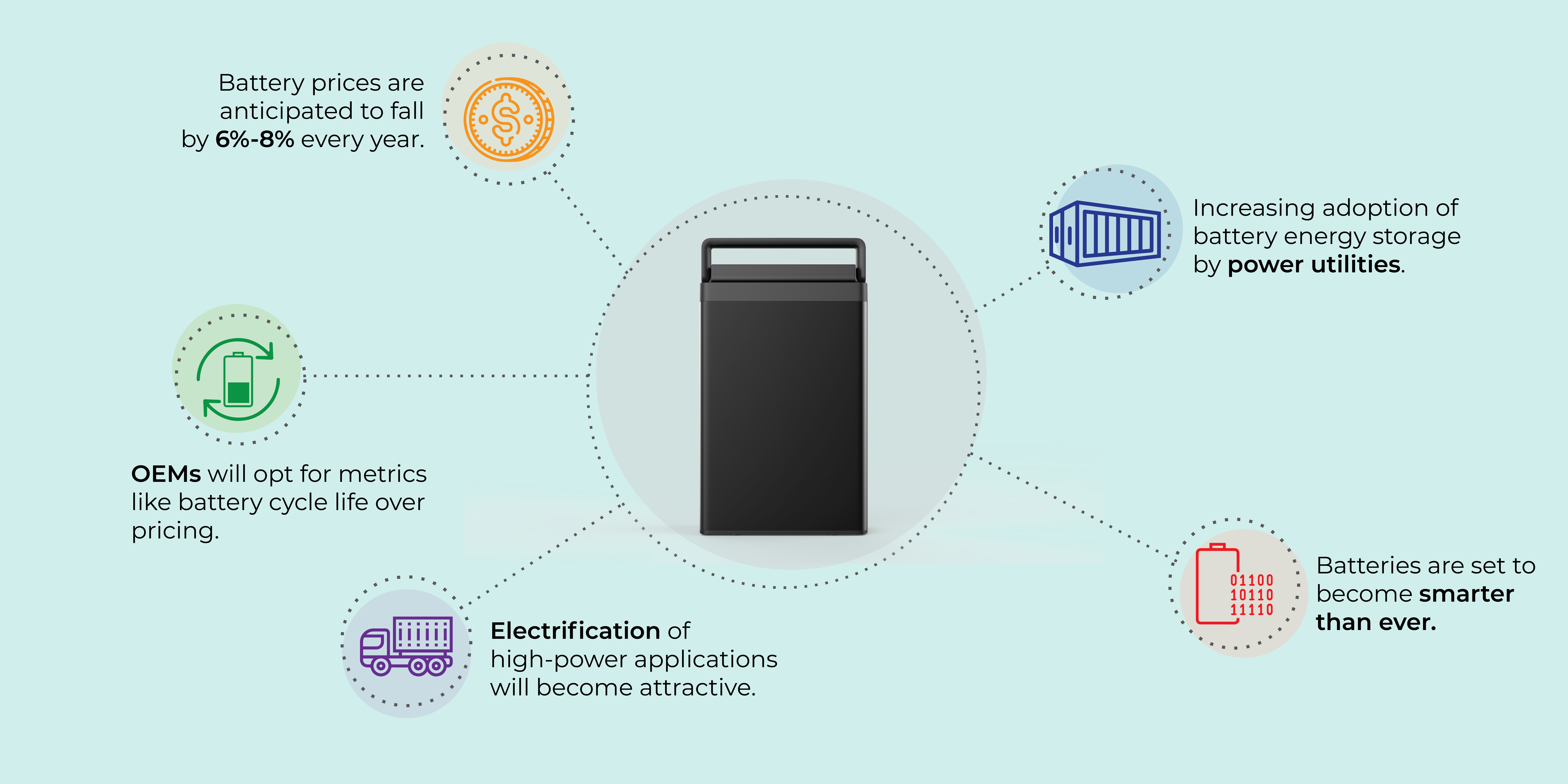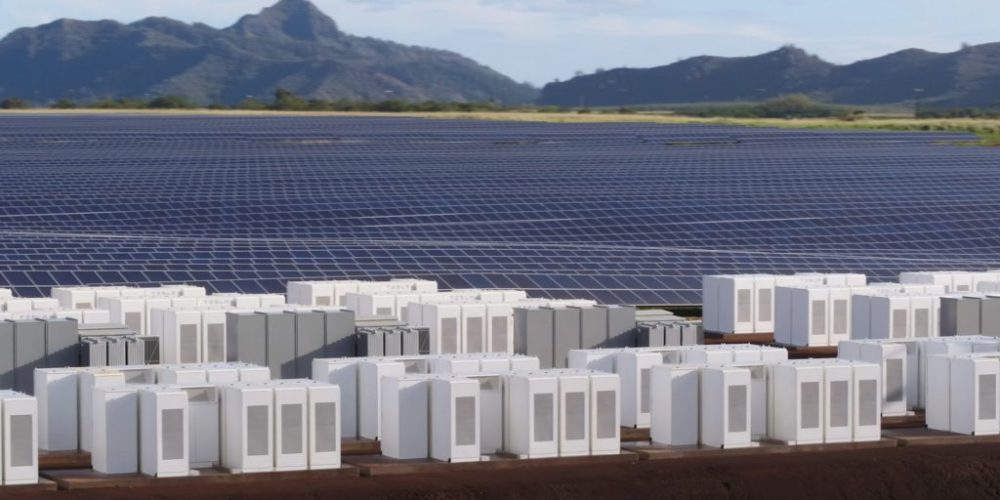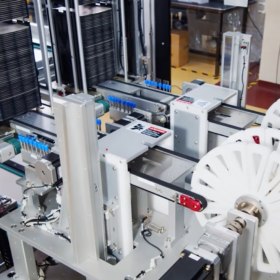The alarming energy crisis and the shift in world climate is a clear indicator of the urgency of switching to cleaner energy sources at every level. Ushering this sustainable change and transforming the way we store and consume energy is the lithium-ion battery technology.
Aptly thus, the 2019 Nobel Prize for Chemistry went to Akira Yoshino, M. Stanley Whittingham and John B. Goodenough for their ground-breaking research on lithium-ion batteries.
Ascertaining how we optimize lithium battery technology in the immediate future will be crucial in accelerating the energy transition. Here we attempt to look at top 5 battery technology trends to watch out for.
- Cheaper batteries
In 2010, the price of a lithium-ion battery was $1100/KWh, which has sharply declined by 87% to $156/KWh today. Battery prices are anticipated to fall further by 6-8% every year, with the introduction of new pack designs and falling manufacturing costs. By 2030 the price can come down to $61/KWh, pushed by reducing manufacturing capital expenditures, new pack designs and changing supply chains.
The overhead costs are falling due to improvements in manufacturing equipment and increased energy density at the cathode and cellular level. The global battery market will be valued at $116 billion annually by 2030, excluding the investment in the supply chain. Cheaper batteries will result in the renewable electrification of more sectors thus accelerating the all-electric transition.

Image: ION Energy
- Longer cycle life
Like everything else, the batteries in electric vehicles (EVs) don’t last forever. A typical EV lithium-ion (li-ion) battery pack, after a few thousand charging cycles, must be exchanged for a new one. But with the recent advancement in technology, these apparently spent batteries can go on to enjoy second, third and even fourth lives. At present, most telecom tower operators and utility companies are leveraging second-life batteries to optimize their operational cost.
Clearly, it is evident that effective management of the battery life cycle is potentially the key to the future of EVs. OEMs will focus on designing efficient thermal management systems and programming usage controls to enhance the battery cycle’s life.
- Smart battery management
Li-ion batteries are basically electrochemical devices with the capability to log and capture data for every second of their performance. However, cycle life or state-of-health measurement is one of the most complex and essential calculations for the battery management system.
The current battery management systems utilize onboard resources to safeguard the battery from running outside pre-set boundaries. With the introduction of the Internet of Things (IoT), batteries will be equipped with advanced electronics that log and transfer data to a cloud analytics platform. Such smart battery management systems powered by cloud analytics and artificial intelligence will help OEMs in precisely measuring and improving the life of their deployed assets.
- Electrification of high-power applications
Since 50% of the total cost of an EV lies in its electronics (sans the battery), the drastic shift from mechanics to electronics is triggering shock waves across the entire automobile sector. Owing to the rise of the EV technology, electronics will become the most raging market segment by 2023.
With the global commercial EV industry expected to touch $362.7 billion by 2025, OEMs are investing heavily in heavy-duty macro-level batteries designed for massive commercial and industrial usage. Designing batteries at such a massive scale will depend on standardized management systems and advanced electronics to efficiently direct performance.
- Increasing adoption by power utilities
The last decade saw grid-connected battery storage system emerge as a massive market with top international energy and automobile companies competing to grab a share of the pie.
As per a recent study by Bloomberg NEF, about 4 GW of new battery storage systems were procured across the globe in 2018 and the figure is only expected to double in two years’ time.
The International Renewable Energy Agency forecasts a total storage capacity of up to 420 GWh to be installed by 2030.
Grid-connected storage systems are used presently for a wide range of purposes, from small-scale residential home storage systems to multi-megawatt batteries that provide balancing services and mitigate high-level grid congestion problems.
Stationary battery storage systems are presently at the cusp of becoming a lucrative model in many market segments and will play a vital part in initiating the next stage of the worldwide transition towards renewable energies.
The in-depth application details of grid-connected battery systems will aid us in managing the rising stock of EVs in our grids. The direct operation of such huge assets will require a dedicated and state-of-the-art software platform to help optimize battery procurement and cost of operation.
The views and opinions expressed in this article are the author’s own, and do not necessarily reflect those held by pv magazine.
This content is protected by copyright and may not be reused. If you want to cooperate with us and would like to reuse some of our content, please contact: editors@pv-magazine.com.








Getting a “safer” battery chemistry that would allow lower cost of manufacture, longer charge/discharge cycles and allow a step back from high dollar BMS and onboard fire suppression systems on energy storage systems can make this happen even at a higher cost per kWh. IF one can get this amount of reliability and system simplicity for $100/kWh, it would allow larger solar PV systems on roofs, larger energy storage and more functionality of the solar PV with ESS to the point of low grid demand.